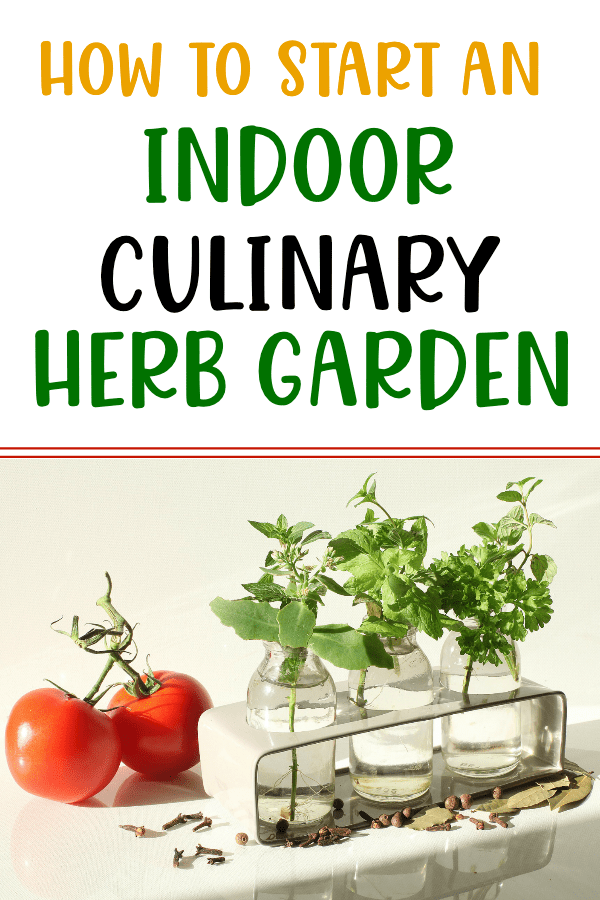Turn Up the Heat – HVAC Seasonal Switch
Turn Up the Heat – HVAC Seasonal Switch #HouseExperts Winter is almost officially here although in some places it really seems like winter has more than arrived. Thankfully here in Georgia, we...
 How to Make a Windowsill Herb Garden DIY + Free Printable Herb Stakes Garden Markers
How to Make a Windowsill Herb Garden DIY + Free Printable Herb Stakes Garden MarkersWhile it is great to have space in your backyard for a big herb garden, this isn't always possible due to space restrictions. You might not have the right soil or climate for it, or you might be living in an apartment or condo that doesn't have yard space. You can still grow some herbs indoors by using containers. An herb garden windowsill or herb window sill planter might just be perfect for you. These tips will help you get started with an indoor herb garden. We hope that you love this How to Make a Windowsill Herb Garden DIY + Free Printable Herb Stakes Garden Markers post.
 How to Make a Windowsill Herb Garden DIY
How to Make a Windowsill Herb Garden DIYEven herbs that grow well indoors or with shade need some type of natural light. Try to find a location in your home that has the best light, aiming for four or more hours a day of natural light. This might be near the sliding glass door heading out to your patio, or a south-facing window. Try to avoid north-facing windows as they don't usually provide enough sun. If you want to see how much sun a particular area gets, turn off all the lights in that area, then see where the most light comes in.
Indoor Culinary Herb Garden Starter Kit | Veggie Patch Signs | Miracle Gro Indoor Herb Garden | Planters Choice Herb Growing Kit |
Countertop Herb Garden Amazon | Windowsill Herb Planter | Indoor Cilantro Kit | Personalized Metal Garden Stakes
Most herbs can grow indoors under the right conditions, but some of them do better than others. Some of the easiest herbs to start with indoors are lemongrass, mint, chive, and basil. With chives, they don't need quite as much direct sunlight, which makes them good for indoor conditions. Mint needs its own pot, but grows great indoors, while lemongrass doesn't require any soil.

This is one thing that people are often intimidated by when it comes to growing plants or herbs indoors. Outside, it is pretty straightforward when you are trying to add drainage to plants in containers or those in your yard. However, it is not difficult to add drainage for indoor herb gardens, and it is a really important step in the process. For good drainage, you want to put the herb in a potted plant with soil, but one that has holes in the bottom. This should then be placed on a pan that is able to catch the water. You don't want moisture to get through the saucer, so metal and plastic are usually good materials.
 Maintain the Indoor Temperature.
Maintain the Indoor Temperature.While many herbs can be grown in containers inside your home, you still need to pay attention to the climate. This includes checking the temperature in your home and making sure it doesn't get too cold or too hot. A temperature of around 65-75 degrees Fahrenheit is usually good to stick to. Have a thermometer attached to the window where the plants are being kept so you can see what the actual temperature is near the plant. This will be the most accurate reading.
Growing spices indoors is not an easy thing to do. You need to create or buy a windowsill herb garden kit or countertop herb garden kit to get started. You also have to know what spices to grow indoors, what the easiest indoor herbs to grow are and the best smelling herbs to grow indoors just to start. What herbs can you grow on your windowsill will determine your entire indoor windowsill herb garden. As an herb grower indoor, do herbs need direct sunlight indoors or will you need a countertop herb garden with grow light? So grab your miracle gro herb garden kit or whatever you have to make your own tabletop herb grower. We hope that you are inspired by this How to Make a Windowsill Herb Garden DIY + Free Printable Herb Stakes Garden Markers. Happy gardening!
These adorable herb stakes garden markers are super easy printable plant identification tags and look amazing in any herb garden. Simply click the picture below to open a printable or downloadable PDF or get your Printable Plant Identification Tags here.

Pingback: Recipes Using Fresh Herbs